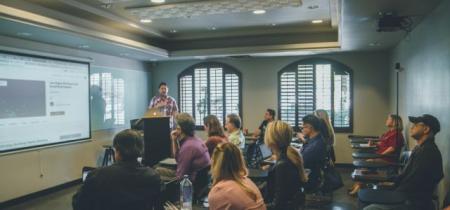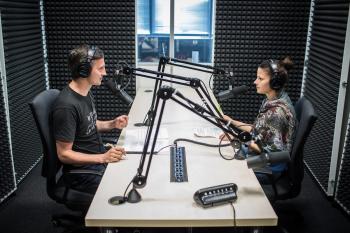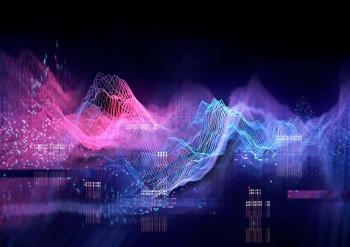Users Who Spiked

ENHANCING MEDICAL EDUCATION WITH AR AND D3D TECHNOLOGY
Private Notes
Private Notes
Notes
Over the past few years, technology has become increasingly important in the field of healthcare. With the advent of augmented reality (AR) and Depth-3-Dimensional (D3D) imaging, medical professionals' training is revolutionizing. These technologies offer a more immersive and interactive learning experience, enabling medical students and practitioners to gain a deeper understanding of complex medical procedures and techniques.
By leveraging these cutting-edge tools, healthcare professionals can develop their skills in a safe and controlled environment, ensuring better patient outcomes in the future. The use of AR and D3D is transforming medical education by making it more engaging, interactive, and effective.
Augmented reality, driven by high-tech industrial science, has the potential to alter how medical education unfolds significantly. One groundbreaking experiment that showcases the potential of augmented reality is a 57-year-old woman's breast cancer case. Using AR headsets like Hololens, surgeons can visualize tumor projections in real-time, providing an invaluable pre- and post-operative surgical planning tool.
Similarly, D3D technology extends its impact to various medical modalities, including breast cancer imaging, neuroimaging, and cardiology. Theoretical teaching embraces virtual anatomy and human projects, offering a realistic visual sense superior to traditional 2D diagrams. Meanwhile, the VR surgical system has become a cornerstone in clinical practice training, offering a simulated environment with vivid visual, auditory, and haptic senses- an excellent substitute for traditional methods.
D3D technology is a cutting-edge technique that transcends the limitations of traditional 2D and 3D medical imaging datasets. It converts these datasets into separate left and right-eye images, creating an accurate 3D visual experience. This innovative approach facilitates superior visualization of complex anatomical structures, making it particularly beneficial in neurosurgery and cardiology, where spatial understanding is crucial.
For medical students, D3D in AR and VR enhances the educational experience, providing a deeper insight into complex anatomical structures and leading to more accurate assessments and surgical planning. The use of AR and D3D technologies in medical education has the potential to transform how healthcare professionals are trained, leading to better patient outcomes.
However, challenges related to institutional protocols and equipment costs and ensuring proficiency among healthcare professionals persist. Overcoming these challenges is imperative to realize the potential of AR and D3D in medical education. The opportunities presented by these technologies, including improved surgical outcomes, enhanced diagnostic accuracy, and immersive educational experiences, are transformative. Therefore, they warrant careful consideration and integration.
As technology reshapes medical education, the human touch remains indispensable. Augmented intelligence aims to enhance, not replace, vital qualities in medicine, such as intellectual curiosity, passion, and empathy.
Integrating D3D and augmented reality in medical training represents a monumental stride toward precision and expertise. As these technologies become integral to education, they must align seamlessly with the foundational values of healthcare, combining technological proficiency with compassion and empathy.





























